
Spoilers for the Paper Towns movie and book ahead
The latest John Green book to go from shelves to screens has fans in a frenzy, and with good reason. Out Friday, the adaptation could potentially follow in the footsteps of 2014’s summer release of Green’s The Fault In Our Stars, which grossed more than $300 million.
The story follows Quentin Jacobson (Nat Wolff), who spends the entire film trying to track down Margo Roth Spiegelman (Cara Delevingne), his elusive crush, who disappears after the two spend a mischievous night pranking their high school classmates. But if readers are expecting the movie to be exactly like the book, that’s not exactly what they’ll get.
Michael H. Weber and Scott Neustadter, the screenwriting team behind Fault, adapted Paper Towns and will also adapt the upcoming film version of Green’s first novel Looking For Alaska. Green, who served as executive producer of the film, has long-since endorsed the changes, acknowledging them in a video on YouTube.
“Yes, the Paper Towns movie is like the book but also, you know, it isn’t.” Green said in April. “What I really want from an adaptation is to feel the feelings I felt while reading the book, right? But the Paper Towns script that Weber and Neustadter wrote, the same guys who wrote The Fault In Our Stars screenplay, is just brilliant because it finds a way to capture both the story and the ideas.”
The changes, as fans of the book will see when the film hits theaters, are not necessarily for the worse. There are many, many differences, though—both subtle and significant—so below are just a handful.
Walt Whitman
In the book: Margo’s Woody Guthrie poster on the back of her curtains leads to a song called Walt Whitman’s Niece, which leads them to highlighted text in the poem “Songs of Myself” in Whitman’s Leaves of Grass, which Ben finds wedged between two yearbooks in Margo’s room.
In the movie: “There’s significantly less textual analysis of Walt Whitman in the movie,” Green said in his April video. He’s right—but now there’s just enough to make it relevant and also help find Margo.
Sea World
In the book: Margo and Quentin break into Sea World, the only theme park Margo says she’s never broken into. Margo gets bit by a snake, leading Quentin to try to suck out the poison.
In the movie: SeaWorld is never mentioned, which Green acknowledged on YouTube, saying “no one was anxious to pay Sea World for the chance to give them good publicity.”
Detective Otis Warren
In the book: Quentin meets Detective Warren 48 hours after Margo’s disappearance, admits he was with her Wednesday night, speaks privately with him and later calls him after he’s discovered the mini mall.
In the movie: We see a Detective Warren, nearly exactly as Green describes him in the book, but that’s the last we see of him.
Omnictionary
In the book: Radar spends a ton of time editing an “online user-created reference source called Omnictionary,” noticeably similar to Wikipedia. His knowledge comes into play when researching some of Margo’s potential whereabouts.
In the movie: We see Radar and other characters using Omnictionary, but there’s no mention of Radar’s involvement, and the shot is so quick that it just looks like Wikipedia.
Instant Messages
In the book: We get to see the characters’ instant message (IM) conversations, including their screen names. Quentin’s is QTHERESURRECTION. Radar goes by OMNICTIONARIAN96 and Ben’s reads ITWASAKIDNEYINFECTION, in reference to the “Bloody Ben” nickname he earned from a disturbing kidney infection that left him peeing blood.
In the movie: No IMing that we see, which makes sense, considering the Fault and Paper Towns screenwriters took out most of the video game playing in Fault. Both would have shown the beloved characters simply staring at screens.
Psuedovisions
In the book: Quentin thinks abandoned subdivisions (housing developments that were never fully completed) are what Margo means by ‘paper towns.’ When Quentin and Margo were little, they discovered a dead man in a pseudovision, so now Quentin thinks Margo is hiding in one, and leaving him clues.
In the movie: Margo and Quentin do find the dead man, but the scene and the subsequent research Margo does into his death, is more about how she thinks, with no mention of pseudovisions. Quentin never goes looking for her in abandoned neighborhoods.
The Road Trip
In the book: Quentin, Ben, Radar and Lacey decide to road trip to Agloe, N.Y., after discovering, via an Omnictionary plug-in, that Agloe was “a fictitious village created by the Esso company in the early 1930s and inserted into tourist maps as a copyright trap, or paper town.” The post also includes an addendum that reads: “fyi, whoever Edits this—the Population of agloe Will actually be One until may 29th at Noon.” The random capitalization, a Margo trademark, makes it obvious who’s there—and Quentin and co. decide to skip graduation to drive there in time. A cooler of 212 beers is in the trunk, which comes in handy when Ben has to pee.
Angela is left behind, unhappy with Radar as they were “scheduled to do something very special” after graduation. Read: Have sex.
Ben and Radar are naked under their graduation robes because of a pact they made with Quentin. So the group stops a few times for food as well as shirts. Quentin grabs large t-shirts for Radar and Ben, which he doesn’t realize until later are sporting the Confederate flag with the words ‘HERITAGE NOT HATE.’
They also get in a car accident, almost hitting some cows, but spin off the road as Ben turns the wheel to save the group. Quentin is the only one hurt, with a cut on his head, which Lacey tends to, making Quentin cry because he’s scared. She presses a swath of the Confederate Flag over the cut to stop the bleeding. There’s minimal damage to the car, just a big gash in the side panel that Radar looks up, estimating it’ll cost $300 plus paint to repair, what Quentin decides is “a small price to pay for Margo.”
In the movie: Quentin, Ben, Radar, Lacey and Angela decide to road trip to Agloe, N.Y., after discovering online that someone has edited the Agloe description, citing that the population is 1. The group wants to rush up to Agloe and back to get home in time for prom. Ben desperately has to pee, using a beer can to do so, but spills it on himself and Radar, which is why they need new shirts. At the only stop we see, the man behind the counter is a familiar face to Green readers (Fault’s Ansel Elgort). Radar is the only one who gets a Confederate flag shirt, though.
The car accident is roughly the same as in the book, but there’s only one cow in the road, no one cries and a tire is blown out, which leads to an overnight stay on the side of the road.
Having Angela on the trip gave everyone involved a fun opportunity: For Radar to lose his virginity, for the world to meet Jazz Sinclair and for Green to admit he wishes he’d included her on the road trip in the book.
Agloe, New York
In the book: The crew finds Margo in a barn sitting in an office chair, writing in a journal, sporting a new haircut with choppy bangs. They confront her about disappearing; Margo disses Lacey’s choice to date Ben; Margo gets mad at Quentin and the two duke it out over everything, including his idealization of her. Quentin’s crew tells him they’re leaving in the morning, with or without him.
Then Margo admits that she’s kept a journal of stories about a fictional version of her 10-year-old self who had a crush on a fictional version of 10-year-old Quentin and she explains her desperation to get away from where she grew up.
She calls her parents and talks to Ruthie, her little sister, and the two fall asleep, Quentin’s head on copies of Selected Poems of Emily Dickinson and Leaves of Grass. When Quentin wakes up, she’s digging a hole for her journal and they bury it. She invites him to go with her to New York, but he says no. They plan on staying in touch and kiss with their eyes open, Quentin finally feeling like he can see her “almost perfectly.”
In the movie: The crew arrives to see that Margo is not there—Quentin gets in a fight with his friends, telling them to go back to get to prom without him. He stays, waiting, then finally gives up and heads to the bus station to find a way home. A blur of Margo’s hair flashes in the corner of his eye while he’s buying a bus ticket and he catches Margo outside the bus station. She’s surprised he found him and calls him out for idealizing her. “You love me?” Margo tells Quentin. “You don’t even know me.”
Quentin is disappointed in the reality: Margo tells him she didn’t leave the clues as bread crumbs, but so he would know she was okay. She offers to buy him a milkshake, and the two talk about staying in touch, how she plans to go to New York and the fact that she’s talked to Ruthie every day. She invites him to come with her, but he declines and the two kiss before he heads home.
Prom
In the book: Quentin lies to his mom that he’s going to prom alone but instead spends the night trying to find Margo by going to a pseudovision and then spending the night in the mini mall filled with more of her clues.
In the movie: After reeling from his conversation with Margo, Quentin takes a bus back to Orlando and heads to prom.
Harry Potter
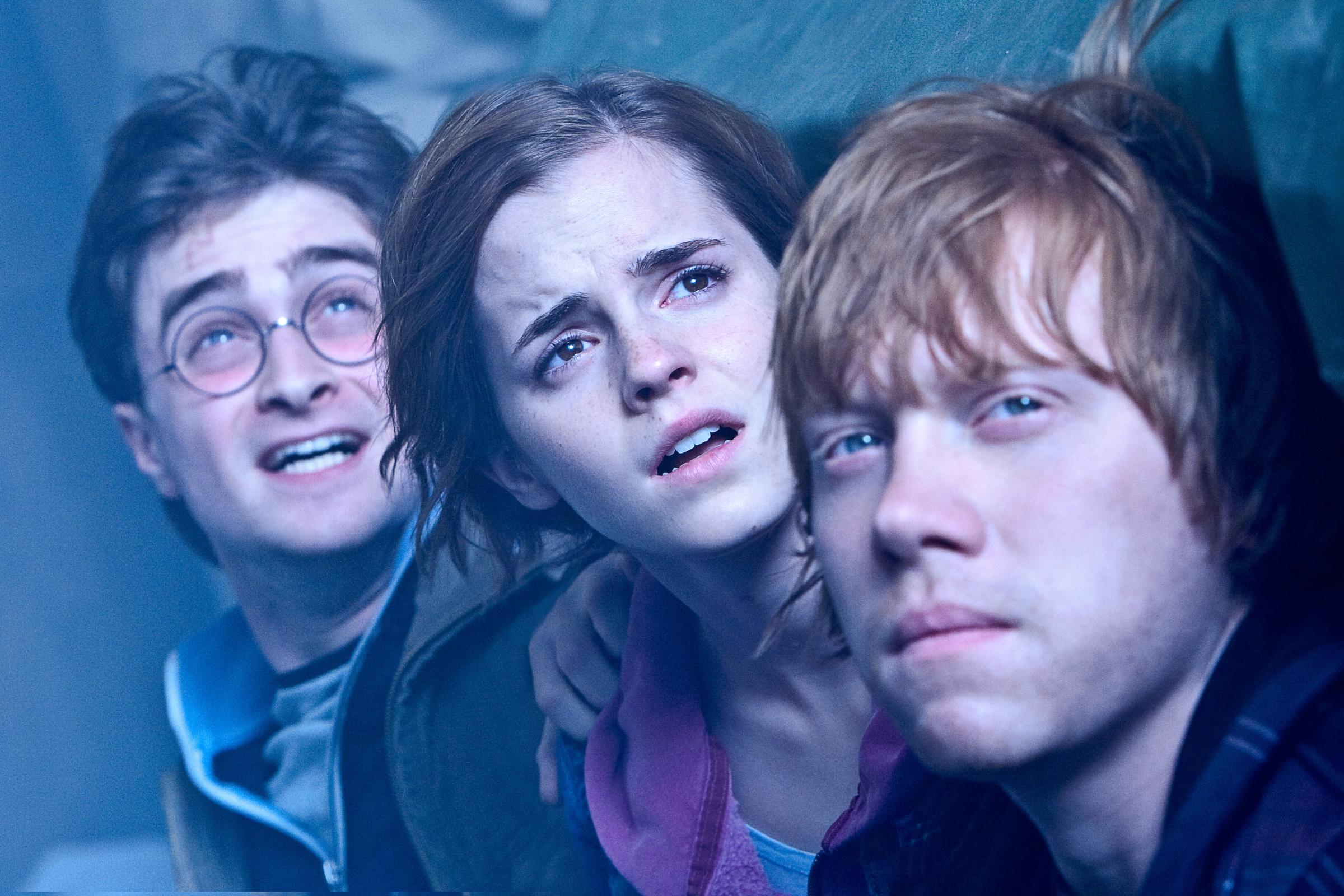
The seven Harry Potter books were adapted into eight movies, kicking off the trend of splitting a series’ final book into two films. The final film, Harry Potter and the Deathly Hallows: Part 2, raked in more than $1.3 billion worldwide.
The Fault in Our Stars

John Green’s first book to head to theaters captured audiences with the love story of Augustus and Hazel, two terminally ill teenagers who taught readers and viewers that a short life can still be a good life.
Paper Towns

Green’s second book to be adapted, by the same screenwriters who took Fault to the movies, follows Quentin as he tries to track down Margo Roth Spiegelman, his elusive crush who goes missing after the two spend a night together pranking their high school classmates.
The Spectacular Now
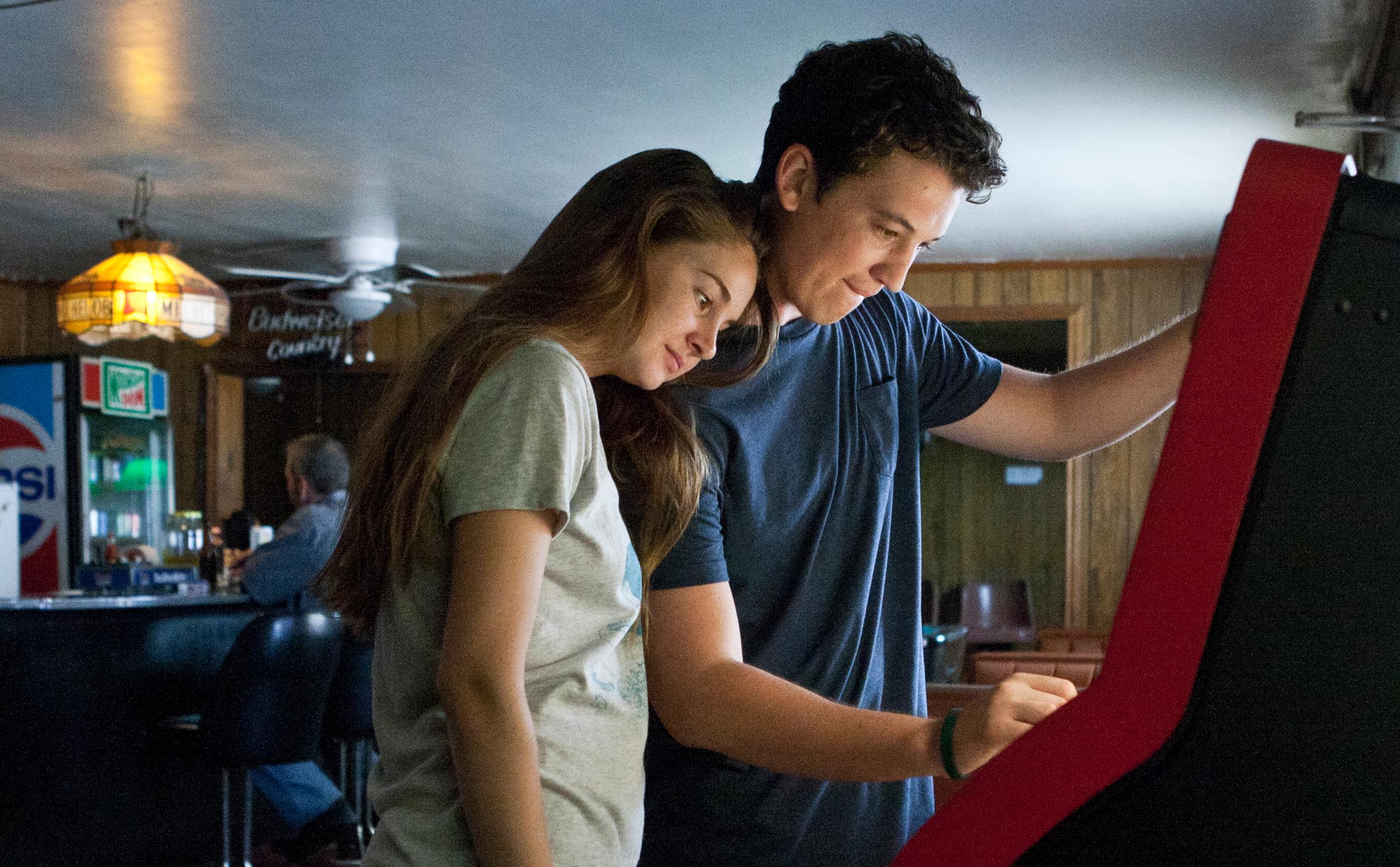
Tim Tharp’s The Spectacular Now, a 2008 National Book Award Finalist, earned Sundance buzz in 2013 thanks to Shailene Woodley and Miles Teller’s on-screen chemistry and the film’s realistic portrayal of teenage tragedy.
The Book Thief
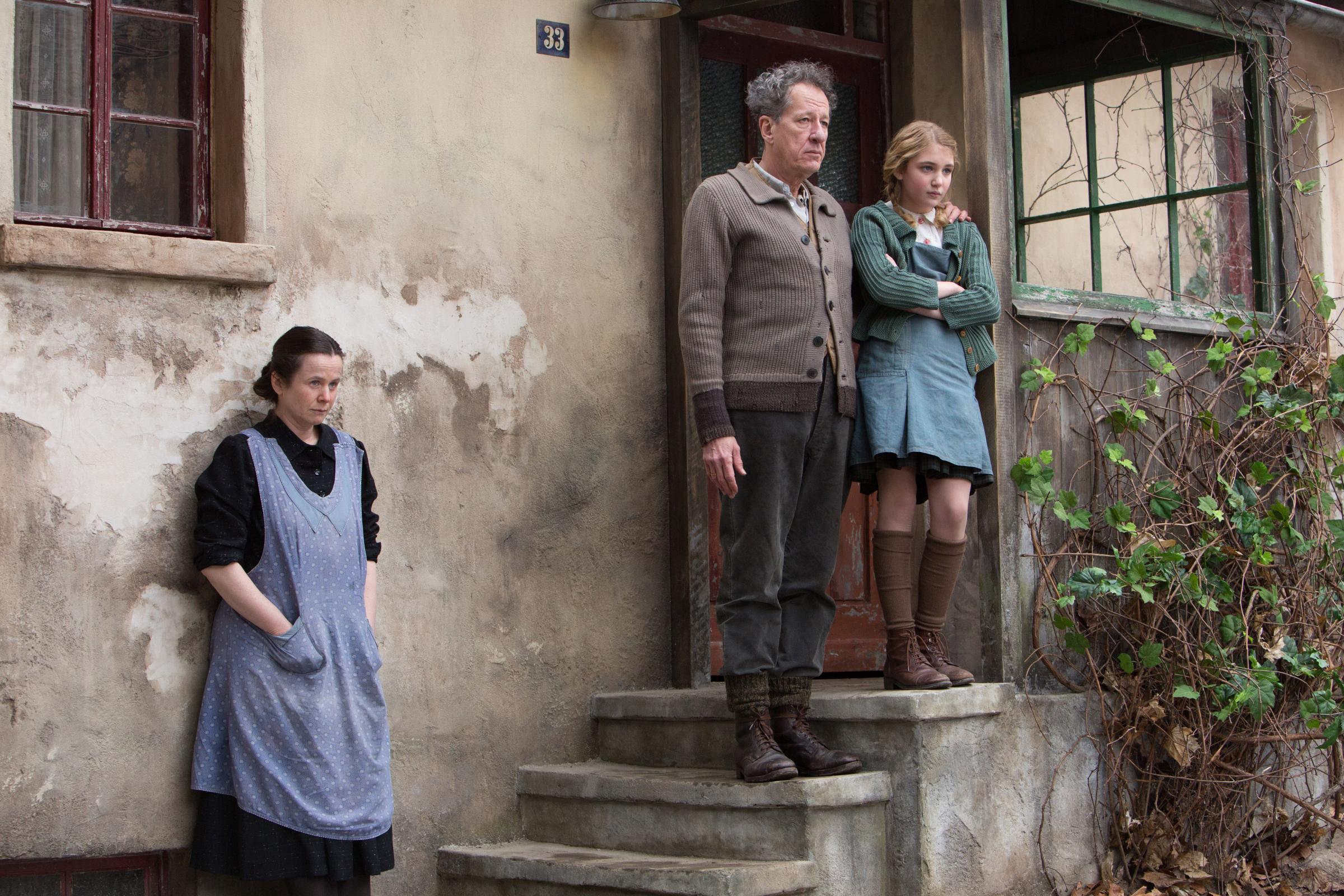
Markus Zusak’s 2005 novel of the same name told the story of Liesel Meminger, who witnesses the horrors of the Nazis and learns to read from the Jewish man her foster parents are hiding in their basement.
The Hunger Games
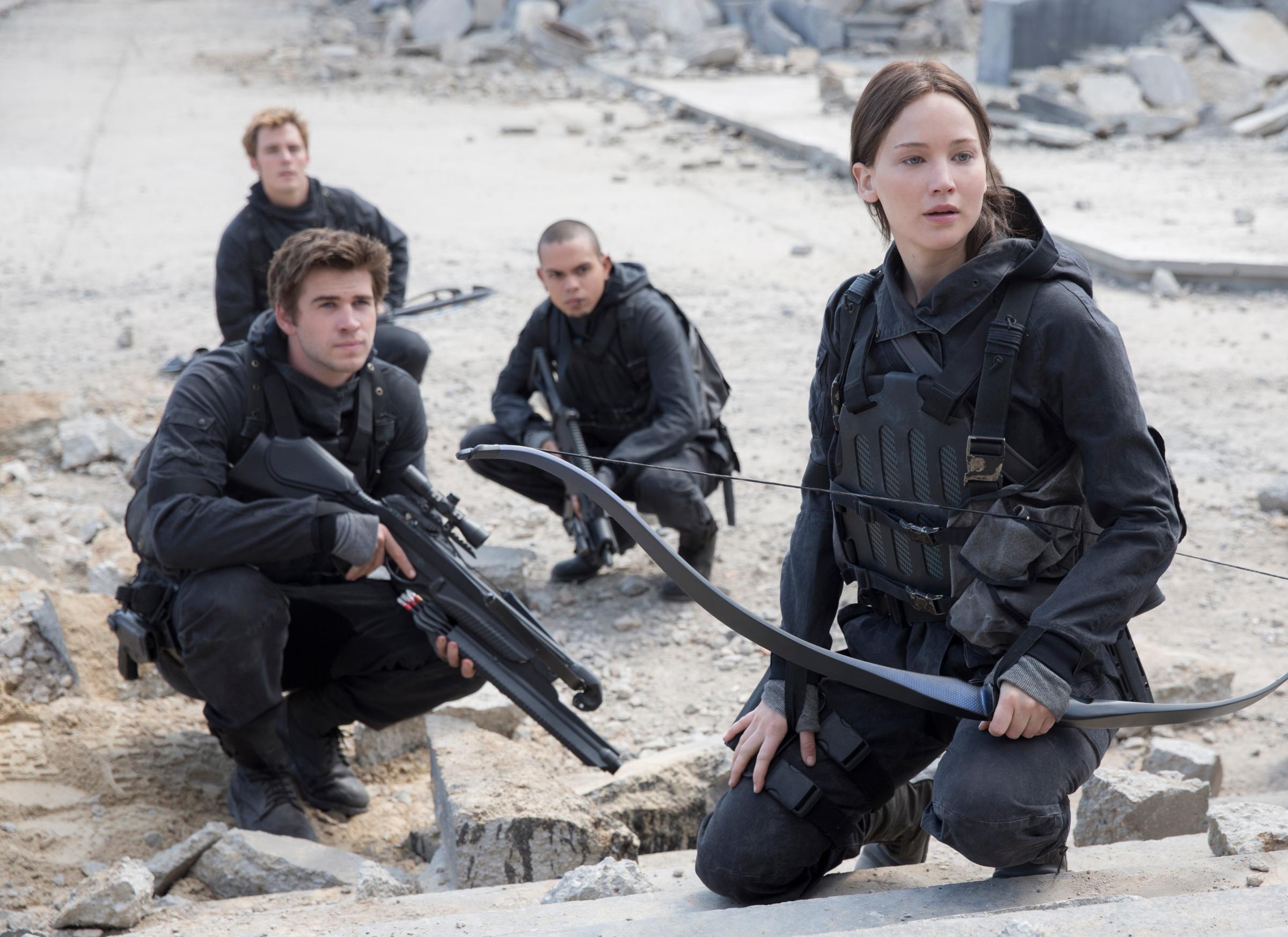
Suzanne Collins’ trilogy hit bookshelves in 2008 and catapulted to box office success in 2012 when Jennifer Lawrence took on the role of Katniss Everdeen, who fights against a totalitarian government in a dystopian society.
If I Stay

Chloe Grace Moretz starred as Mia in the 2014 adaptation of Gayle Forman’s 2010 novel about a 17-year-old girl who watches herself in a coma after her family is in a fatal car accident.
Holes

Louis Sachar wrote the screenplay for the movie based on his 1998 novel about a young boy named Stanley Yelnats who attends a juvenile detention camp with a secret history.
Matilda

Roald Dahl’s 1988 book hit theaters eight years after publication, starring Mara Wilson, Rhea Perlman and Danny DeVito, who also directed and narrated the movie.
The Outsiders

S.E. Hinton’s 1967 novel about Ponyboy Curtis and the gangs of his hometown was published went the author was just 18 years old. The 1983 adaptation starred Rob Lowe, Emilio Estevez, Matt Dillon, Tom Cruise and Patrick Swayze.
The Giver
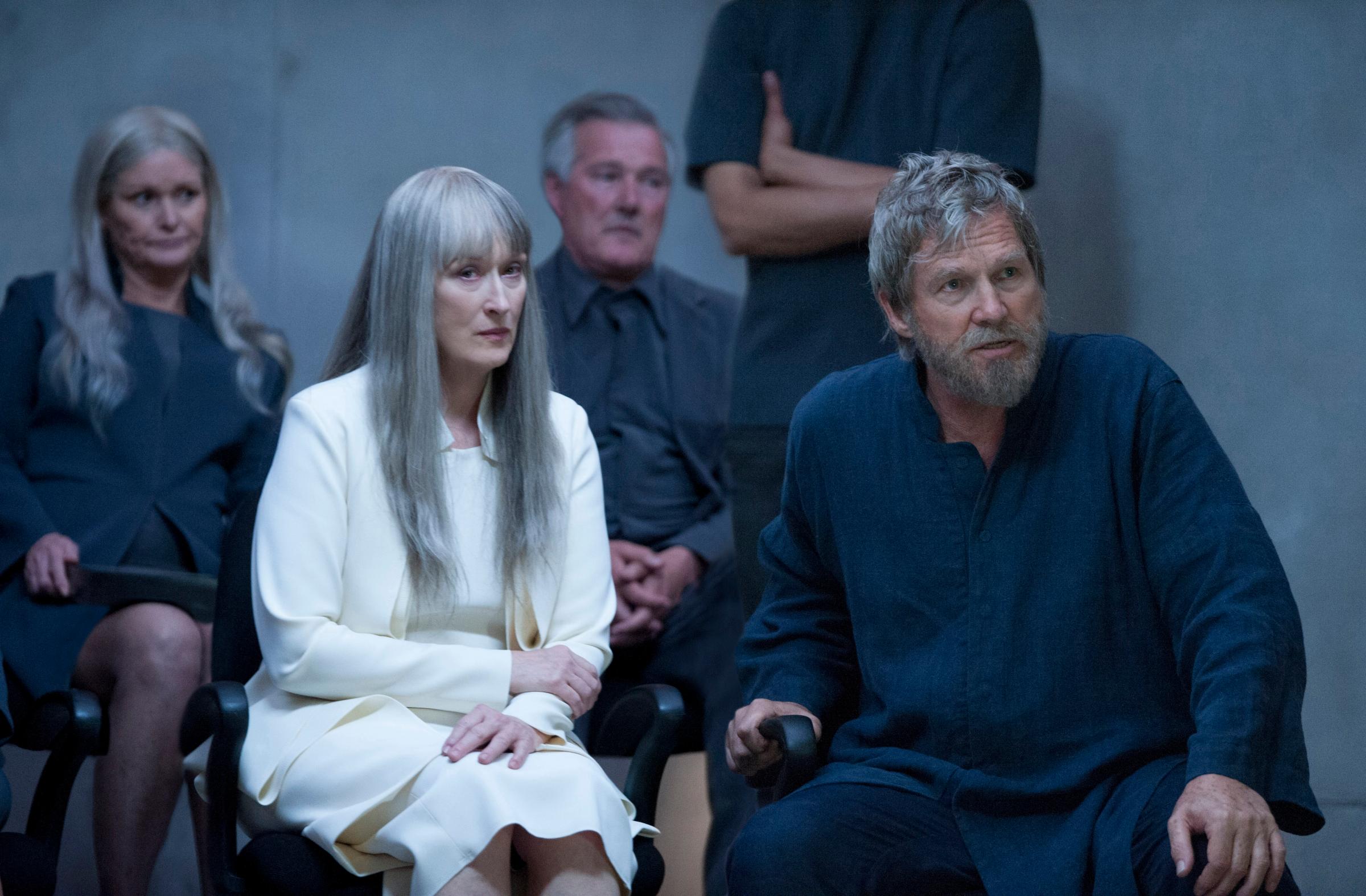
Lois Lowry’s 1993 novel is an early example of young adult fiction tackling dystopian themes. Despite being optioned for the screen in 1995, it took five screenplays and nearly 20 years before the 2014 film, starring Meryl Streep, Jeff Bridges and Taylor Swift, finally hit theaters.
Little Women

Louisa May Alcott’s novel, published in two parts in the 1860s, follows four sisters from childhood to adulthood. It’s been adapted six times total, twice as silent versions. The most recent, out in 1994, starred Winona Ryder, Kirsten Dunst, Susan Sarandon, Christian Bale and Claire Danes.
The Hobbit

J.R.R. Tolkien’s 1937 fantasy novel was adapted as a trilogy, starting in 2012 with An Unexpected Journey. Lord of the Rings director Peter Jackson concluded Bilbo Baggins’ saga with The Desolation of Smaug in 2013 and The Battle of the Five Armies in 2014.
The Lord of the Rings
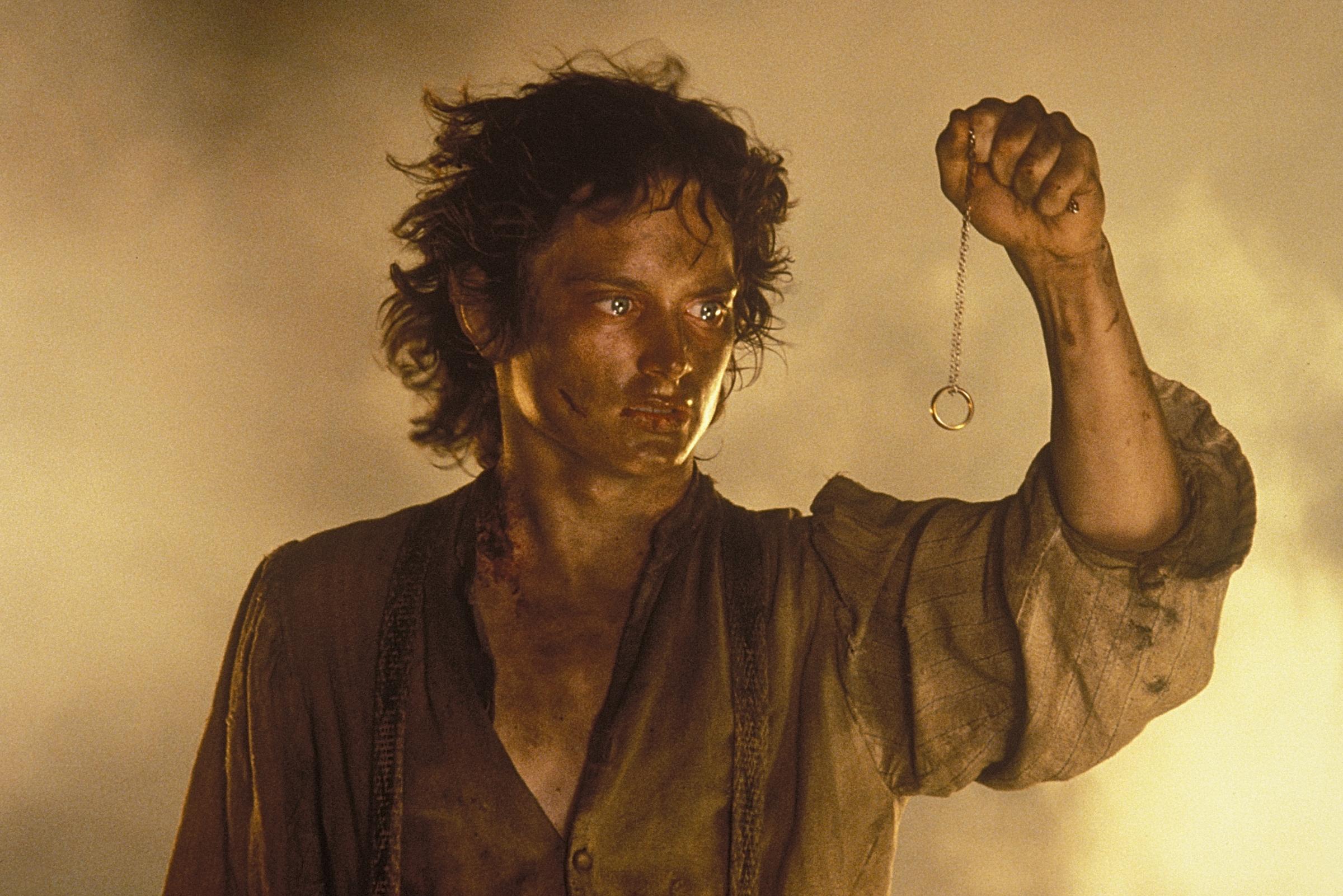
Tolkien’s three-part follow up to The Hobbit was adapted in 2001, 2002 and 2003, with the final film, The Return of the King, winning all of its 11 Academy Award nominations, including Adapted Screenplay and Best Picture.
The Wizard of Oz
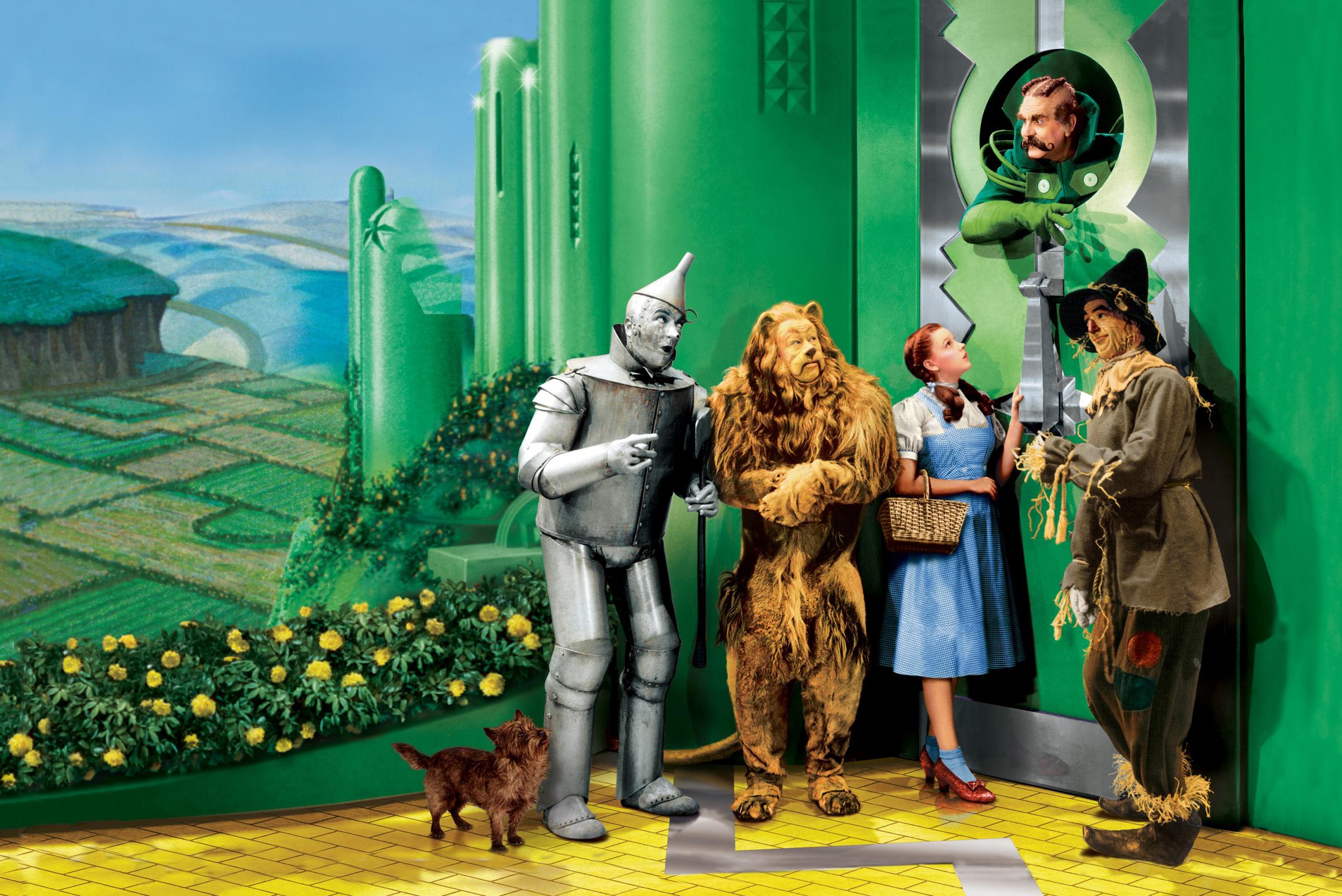
L. Frank Baum’s The Wonderful Wizard of Oz was published in 1900 and became wildly popular thanks to the 1939 film adaptation starring Judy Garland as Dorothy. Though it lost out to Gone with the Wind for Best Picture at the Academy Awards, it did win Best Original Song for “Over the Rainbow.”
Alice’s Adventures in Wonderland

The 1865 novel by Lewis Carroll has graced the silver screen more than 10 times, most recently in 2010 when director Tim Burton retold Alice’s story as a 19-year-old who returns to the fantasy land from her childhood to dethrone the Red Queen, played by Helena Bonham Carter.
Harriet the Spy
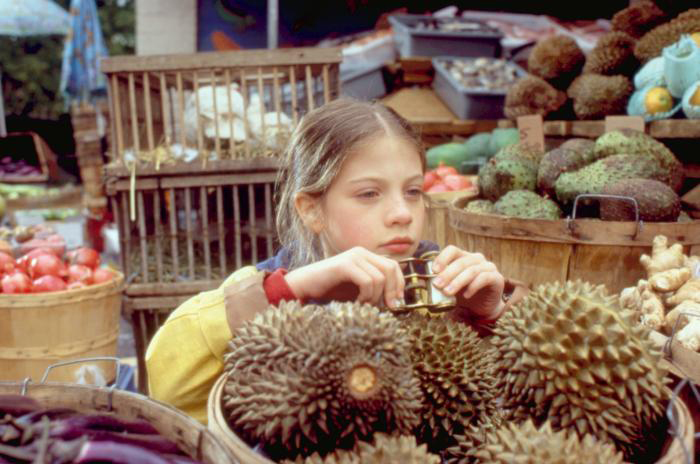
Michelle Trachtenberg starred in the 1996 film adaptation of Louise Fitzhugh’s 1964 novel about an 11-year-old girl whose notebook is stolen by classmates, revealing every honest thought she has about her peers.
The Princess Bride

The 1972 fantasy novel is often forgotten as a book, thanks in part to the eminently quotable 1987 cult classic starring Robin Wright and Mandy Patinkin.
Ender’s Game

Orson Scott Card served as a producer for the 2013 film based on his 1986 sci-fi book about the gifted Ender Wiggin, a child being trained to fight an alien species.
Hugo

Martin Scorsese adapted Brian Selznick’s 2007 illustrated novel into the 2011 Academy Award-winning film Hugo, which starred Asa Butterfield, Chloe Grace Moretz, Sacha Baron Cohen, Ben Kingsley, Jude Law and Richard Griffiths.
Divergent
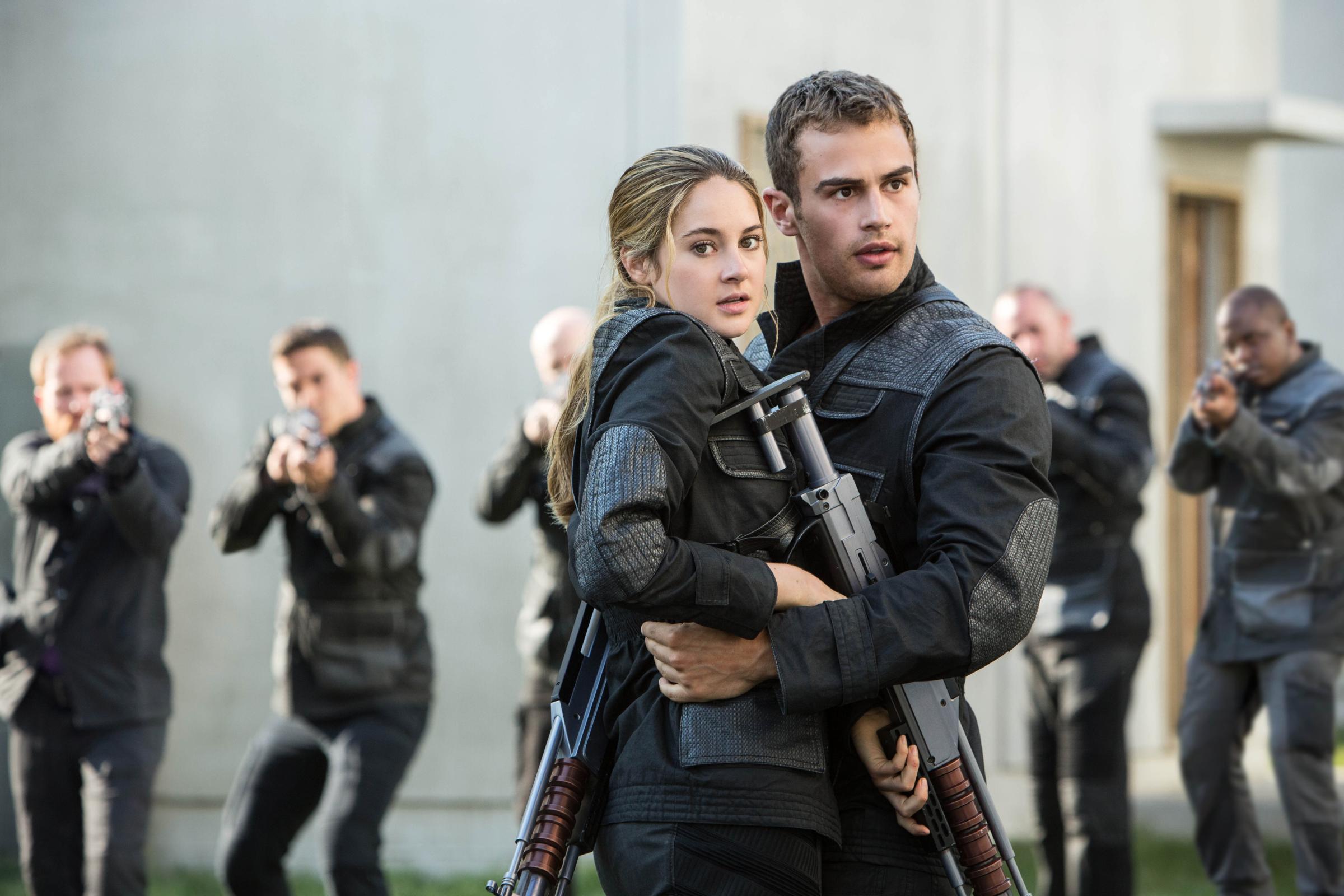
Veronica Roth’s Divergent trilogy was first published in 2011 and then adapted into an ongoing four-part film series in 2014. Shailene Woodley stars as heroine Tris Prior, who, like other protagonists in similar dystopian novels, fights against an oppressive government.
Twilight

Stephenie Meyer’s vampire-romance saga was adapted into a series of five films starring Kristen Stewart, Robert Pattinson and Taylor Lautner, grossing more than $3 billion worldwide.
Sisterhood of the Traveling Pants

Ann Brashares’ series about an ordinary pair of pants that magically fits four very different girls was adapted into two films starring Blake Lively, Alexis Bledel, America Ferrera and Amber Tamblyn. The movies also inspired real-life friendships between the actresses, which they’ve documented on social media.
The Princess Diaries
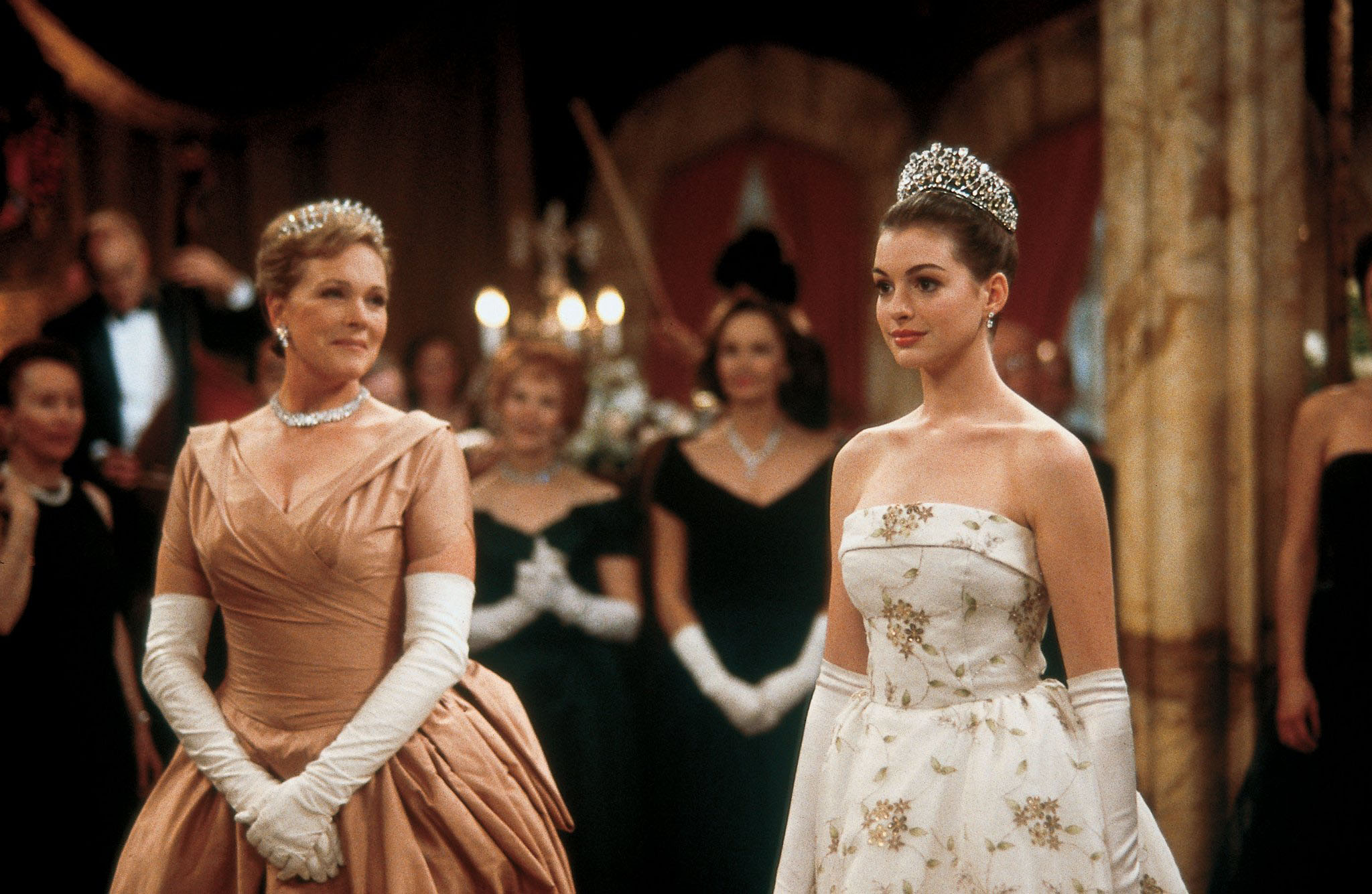
Meg Cabot’s 2000 novel was adapted into a movie in 2001 that was produced by Whitney Houston. The film, which starred Julie Andrews and a young Anne Hathaway, even spawned a sequel.
The Perks of Being a Wallflower
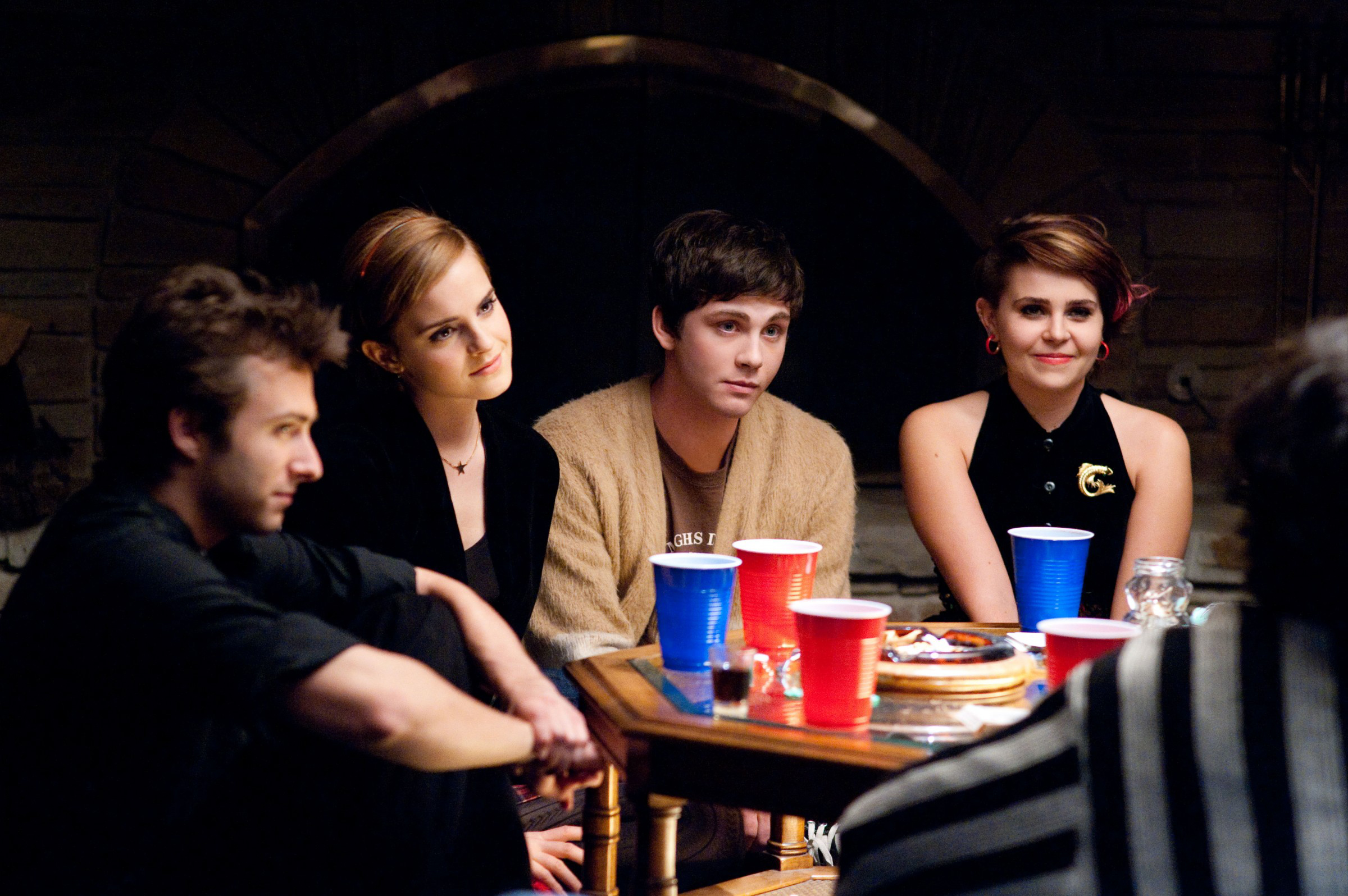
Stephen Chbosky wrote and directed the 2012 film version of his 1990 book that follows Charlie through his turbulent freshman year of high school. The film starred Emma Watson in one of her first post-Harry Potter leading roles.
Read next: Paper Towns: 14 Things You Learn on the Set of the New John Green Movie
More Must-Reads From TIME
- The 100 Most Influential People of 2024
- The Revolution of Yulia Navalnaya
- 6 Compliments That Land Every Time
- What's the Deal With the Bitcoin Halving?
- If You're Dating Right Now , You're Brave: Column
- The AI That Could Heal a Divided Internet
- Fallout Is a Brilliant Model for the Future of Video Game Adaptations
- Want Weekly Recs on What to Watch, Read, and More? Sign Up for Worth Your Time
Contact us at letters@time.com